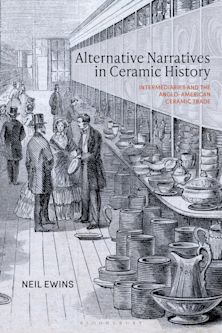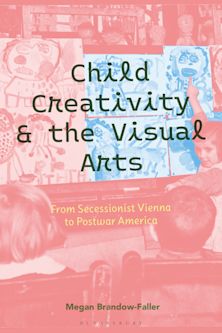- Home
- ACADEMIC
- Art & Visual Culture
- Decorative Arts and Material Culture
- Celestial Beings and Bird-Men
You must sign in to add this item to your wishlist. Please sign in or create an account
Description
Jade figurines depicting human flight are a varied and expressive manifestation of this most prized artistic medium. Angus Forsyth, a prominent collector of Chinese jade, in this book explores the making in the Middle Kingdom (over a 2000-year period, from the Han Dynasty onwards) of unique objects depicting figural movement through the air.
He examines the depiction of apsaras (flying angels), kinnaras (bird-men), garudas (humanoid birds appearing in both Hindu and Buddhist mythology) and finally anthropomorphized bird headdress ornaments. He shows how these flying figures came to be associated with veneration of the gods and specific devotional practice. Examining a variety of representative objects, none of which has been seen in print before, the author reveals that the original concept behind flying celestial beings and bird-men originated not in China but in India and the Christianized West, via the Silk Road. A distinctive characteristic of Chinese artefacts is that, in contrast to their Western angelic counterparts, they often are wingless. The book discusses small and larger jade pieces alike.
Table of Contents
Map of the Archaic World of East/West Human Flight Ideas through the Hellenisation of Central Asia and Percolation from India of Buddhism into China and the Far East
Comparative East/West Timeline
1 The Flying Apsara In China
2 The Kinnara In China
3 Garuda
4 Anthropomorphic Bird Headdress Ornaments
Select Bibliography
Index
Product details
| Published | 29 Oct 2020 |
|---|---|
| Format | Hardback |
| Edition | 1st |
| Extent | 336 |
| ISBN | 9781781300718 |
| Imprint | Philip Wilson Publishers |
| Dimensions | 248 x 197 mm |
| Publisher | Bloomsbury Publishing |
About the contributors
Reviews
-
This marvelous book serves not only as a tantalizing introduction to the art of jade, but will evoke jealousy and admiration in fellow collectors and curators.
Edith Terry, Asian Review of Books



































